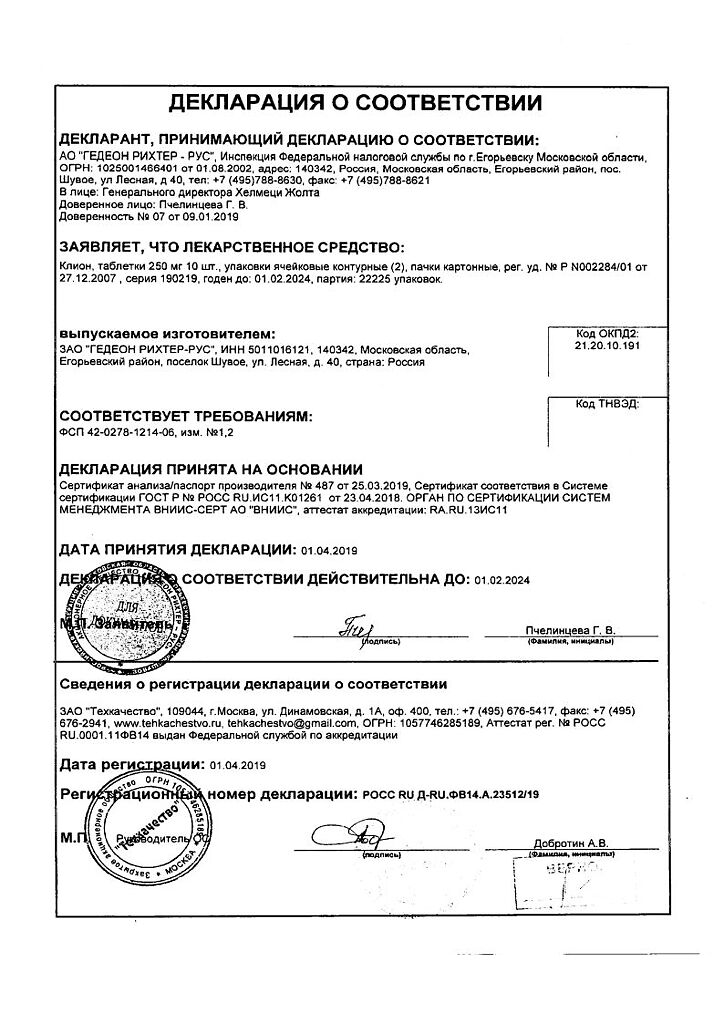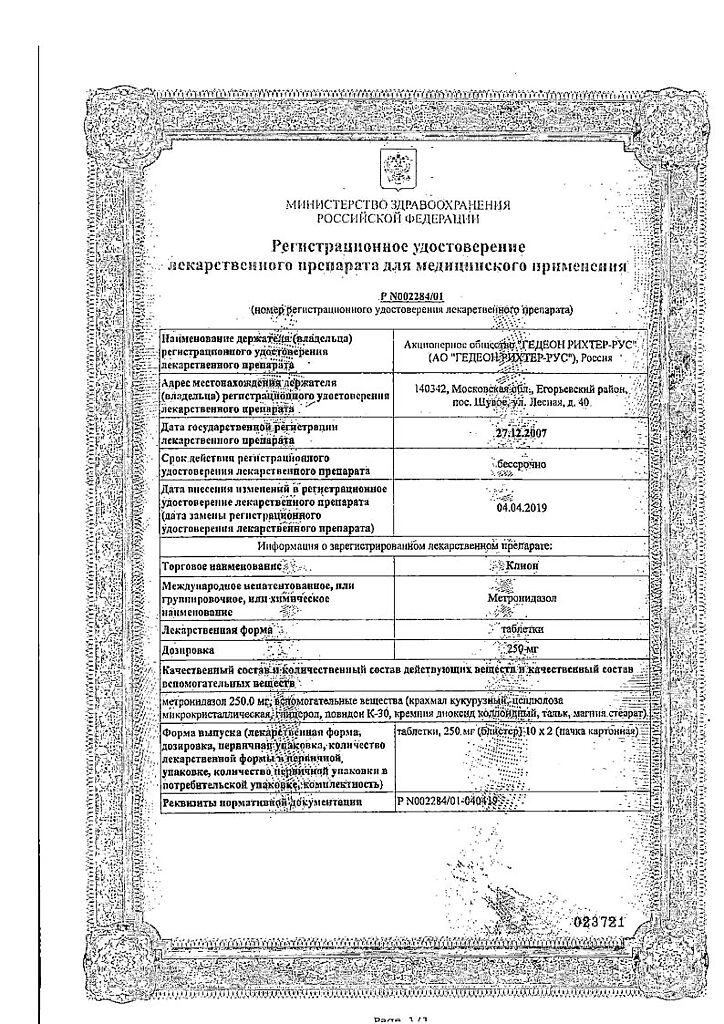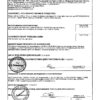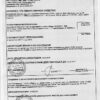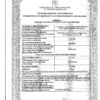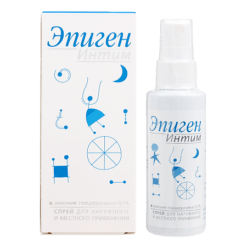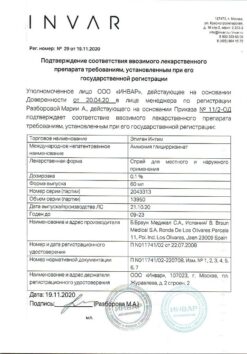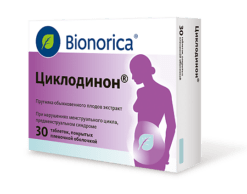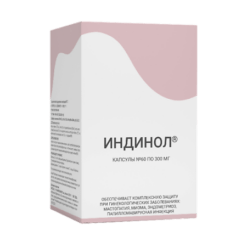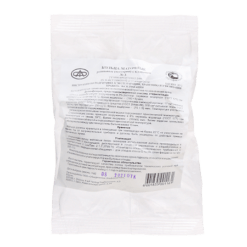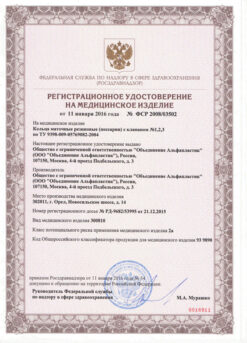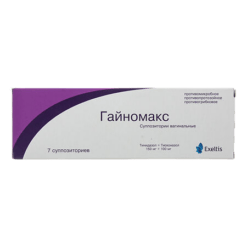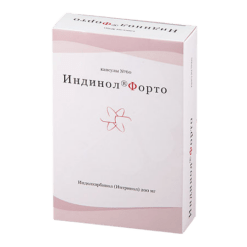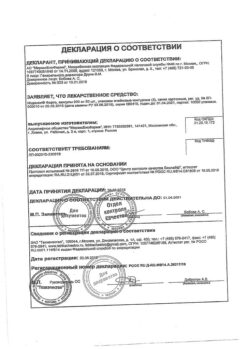No products in the cart.
Clion, tablets 250 mg, 20 pcs.
€1.00
Out of stock
(E-mail when Stock is available)
EAN: 4605469000965
SKU: 117468
Categories: Gynecology and Obstetrics, Medicine, Trichomoniasis and malaria
Description
Amebiasis and giardiasis, Lung inflammation (pneumonia), Gastric and duodenal ulcers, Trichomoniasis, Crohn’s disease, GI infections caused by Helicobacter pylori, Urinary tract infections, Skin infections, Vaginitis, Female genital inflammation, Urethritis, Itching and dry genital area
- Protozoal infections: Extraintestinal amoebiasis, including.Amoebic liver abscess, intestinal amoebiasis (amebic dysentery), trichomoniasis (incl.intestinal amoebiasis (amoebic dysentery), trichomoniasis (including trichomonas vaginitis, trichomonas urethritis), balanceidiasis, giardiasis, cutaneous leishmaniasis;
- infections caused by Bacteroides spp. Bacteroides fragilis, Bacteroides ovatus, Bacteroides thetaiotaomicron, Bacteroides distasonis, Bacteroides vulgatus): bone and joint infections, CNS infections (including meningitis, brain abscess), bacterial endocarditis, pneumonia, empyema and abscess;
- infections caused by Clostridium spp, Peptococcus spp, Peptostreptococcus spp.: Abdominal infections (peritonitis, liver abscess), pelvic organ infections (endometritis, fallopian tube and ovarian abscess, vaginal vault infections after surgery), skin and soft tissue infections;
- pseudomembranous colitis (associated with antibiotic use);
- gastritis or duodenal ulcer associated with Helicobacter pylori;
- prevention of postoperative complications (especially after interventions on the colon, perirectal area, appendectomy, and after gynecological operations);
- radiation therapy of patients with tumors – as a radiosensitizer in cases where tumor resistance is due to hypoxia in tumor cells.
.
Active ingredient
Active ingredient
Composition
Composition
Associates:
Corn starch,
Microcrystalline cellulose,
Glycerol,
povidone,
talc,
colloidal silicon dioxide,
magnesium stearate.
How to take, the dosage
How to take, the dosage
Tablets are taken orally with or after meals (with milk), without chewing.
Trichomoniasis: adults are prescribed 250 mg 2 times a day for 10 days or 400 mg 2 times a day for 5-8 days. Women should additionally be prescribed metronidazole in the form of vaginal suppositories or tablets. If necessary, the course of treatment may be repeated or the dose may be increased to 0.75-1 g/day. A break of 3-4 weeks should be taken between courses of therapy, with repeat laboratory tests.
An alternative therapy regimen is to administer 2 g once to the patient and his sexual partner.
In children aged 2-5 years the drug is prescribed in a dose of 250 mg/day, in those aged 5-10 years – 250-375 mg/day; over 10 years – 500 mg/day. The daily dose should be divided into two doses. The course of treatment is 10 days.
Lambliasis: adults are prescribed 500 mg 2 times a day for 5-7 days.
Children over 8 years of age – 500 mg/day (in 2 doses), aged 5 to 8 years – 375 mg/day, aged 3 years and older – 250 mg/day; the daily dose should be divided into 2 doses; course of treatment – 5 days. The drug dose may be 15 mg/kg/day in 3 doses for 5 days.
Asymptomatic amebiasis (if cysts are detected): adults are prescribed in a daily dose of 1-1.5 g (500 mg 2-3 times daily) for 5-7 days.
Cronic amebiasis: 1.5 g/day in 3 doses for 5-10 days.
Acute amebic dysentery: 2.25 g/d in 3 doses until symptoms cease.
Hepatic abscess: maximum daily dose is 2.5 g in 1 or 2-3 doses for 3-5 days, in combination with antibiotics (tetracyclines) and in combination therapy.
In children from 3 years of age, 1/4 of the adult dose, in ages 3-7 years, 1/3 of the adult dose, in ages 7-10 years, 1/2 of the adult dose.
Balantidiasis: 750 mg 3 times daily for 5-6 days.
Ulcerative stomatitis: adults are prescribed 500 mg 2 times a day for 3-5 days. In children in this case the drug is not indicated.
Pseudomebranous colitis: 500 mg 3-4 times a day.
For eradication of Helicobacter pylori: 500 mg 3 times per day for 7 days (in combination therapy, e.g., in combination with amoxicillin 2.25 g/day).
The treatment of anaerobic infection: maximum daily dose is 1.5-2 g.
The treatment of chronic alcoholism: administered in a dose of 500 mg/day for up to 6 (not more than) months.
For prevention of infectious complications: 750-1500 mg/day in 3 doses 3-4 days before surgery, or a single dose of 1 g in the first day after surgery. 1-2 days after surgery (when oral administration is already allowed): 750 mg/day for 7 days.
In case of severe renal dysfunction (CKG less than 10 ml/min) the daily dose should be halved.
Interaction
Interaction
Accelerates the effect of oral anticoagulants, which leads to prolongation of the prothrombin time.
Similar to disulfiram, causes ethanol intolerance. Concomitant use with disulfiram may lead to the development of various neurological symptoms (interval between prescriptions – at least 2 weeks).
Cimetidine inhibits metabolism of metronidazole, which may increase its serum concentrations and increase the risk of adverse reactions.
Hepatic microsomal oxidation enzyme inducers (phenytoin, phenobarbital) can accelerate elimination of metronidazole, which leads to lower plasma concentrations.
Concomitant use with lithium preparations may increase the plasma concentration of the latter and lead to intoxication symptoms.
It is not recommended to use in combination with nondepolarizing myorelaxants (vecuronium bromide).
Sulfonamides increase the antimicrobial effect of metronidazole.
Special Instructions
Special Instructions
Alcohol consumption is contraindicated during treatment (development of disulfiram-like reaction is possible: spastic abdominal pain, nausea, vomiting, headache, sudden rush of blood to the face).
In long-term therapy, blood counts should be monitored.
In case of leukopenia, the possibility of continuing treatment depends on the risk of developing an infectious process.
The appearance of ataxia, dizziness and any other deterioration in the neurological status of patients requires discontinuation of treatment.
Metronidazole is capable of immobilizing treponemes, resulting in a false Nelson’s test.
When treating trichomonas vaginitis in women and trichomonas urethritis in men, patients must abstain from sexual activity. The simultaneous treatment of sexual partners is mandatory. The treatment does not stop during menstruation. After the therapy of trichomoniasis, control tests should be carried out for three consecutive cycles before and after menstruation.
After treatment of giardiasis, if symptoms persist, three stool tests at intervals of several days should be performed after 3-4 weeks (some successfully treated patients with lactose intolerance caused by the infestation may persist for weeks or months, resembling symptoms of giardiasis).
It stains the urine a dark color.
Pediatric use
In combination with amoxicillin, it is not recommended for use in children and adolescents under 18 years of age.
Contraindications
Contraindications
Side effects
Side effects
Digestive system disorders: diarrhea, anorexia, nausea, vomiting, intestinal colic, constipation, dry mouth, “metallic” taste in the mouth, glossitis, stomatitis, pancreatitis.
CNS and peripheral nervous system disorders: dizziness, impaired coordination of movements, ataxia, confusion, irritability, depression, increased excitability, weakness, insomnia, headache, seizures, peripheral neuropathy, hallucinations.
Urinary system disorders: dysuria, cystitis, polyuria, urinary incontinence, staining of urine red-brown.
Hematopoietic system: neutropenia, leukopenia.
Cardiovascular system: decreased amplitude of the T wave on ECG.
Allergic reactions: urticaria, skin rash, skin hyperemia, nasal congestion, fever, arthralgia.
Others: candidiasis.
Overdose
Overdose
Symptoms: nausea, vomiting, ataxia.
Treatment: there is no specific antidote. Symptomatic therapy is administered.
Pregnancy use
Pregnancy use
The drug is contraindicated in the first trimester of pregnancy and during breastfeeding.
Similarities
Similarities
Additional information
| Shelf life | 5 years |
|---|---|
| Conditions of storage | In a light-protected place at 15-30 °C |
| Manufacturer | Gedeon Richter, Hungary |
| Medication form | pills |
| Brand | Gedeon Richter |
Related products
Gynecology and Obstetrics
Buy Clion, tablets 250 mg, 20 pcs. with delivery to USA, UK, Europe and over 120 other countries.


